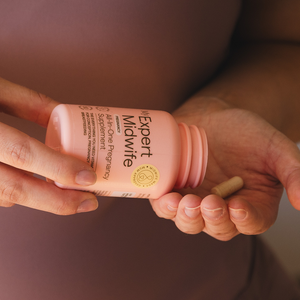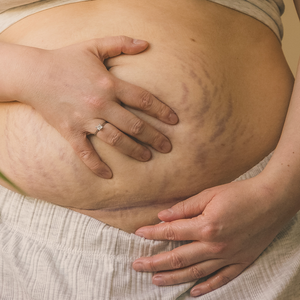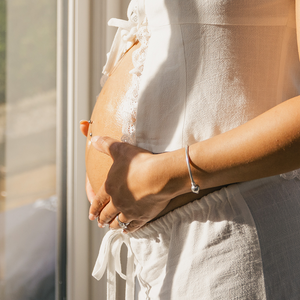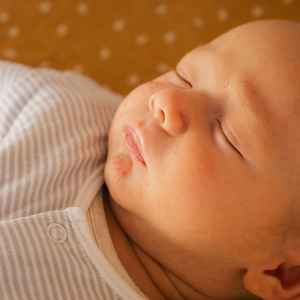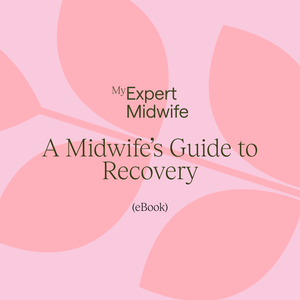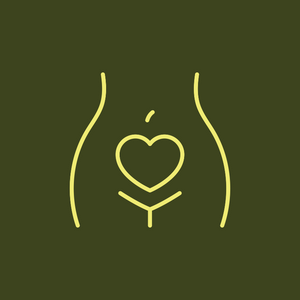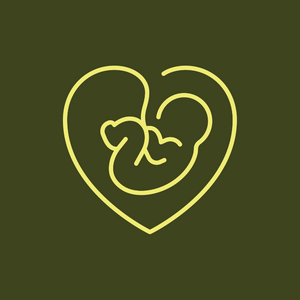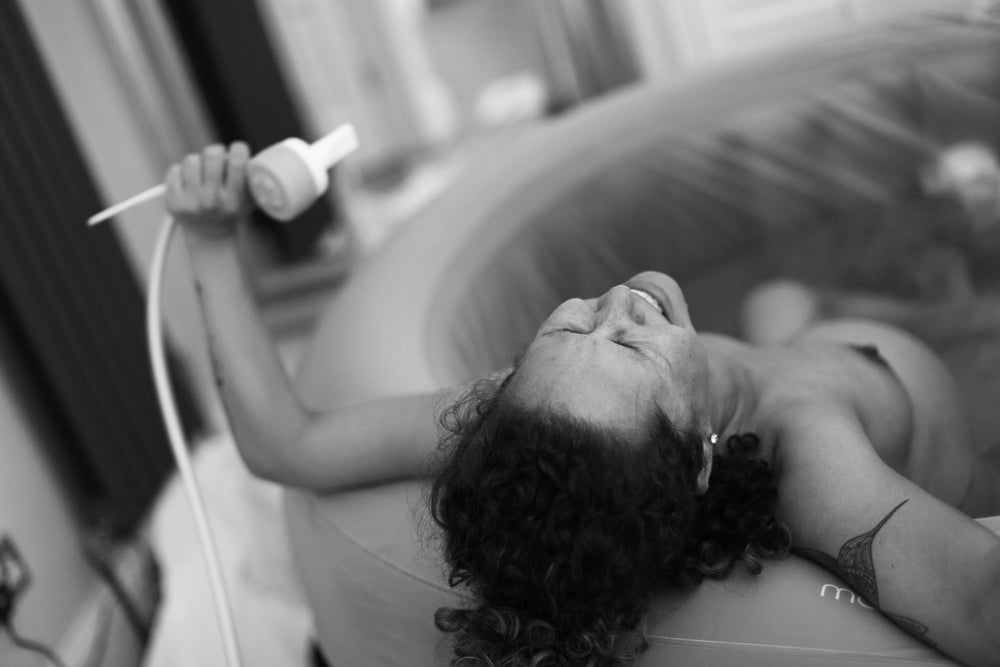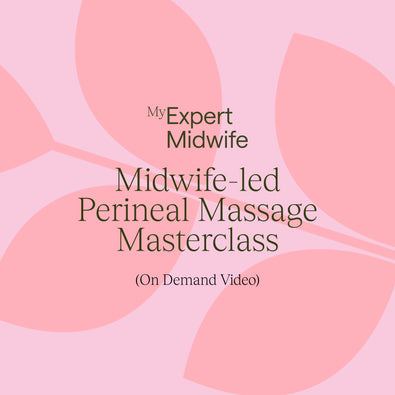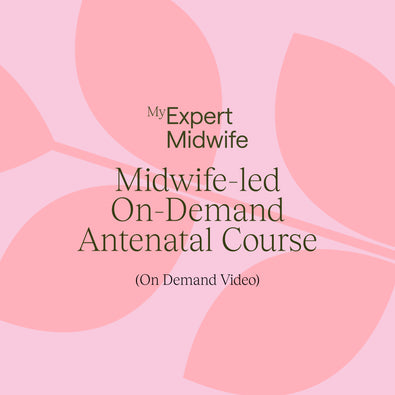The active phase of labour follows the latent phase and symbolises the beginning of your life with your baby. In active labour, contractions – or surges – are often more intense and longer-lasting and show a more regular pattern, usually occurring every 3 to 5 minutes.
Like every woman, every labour is different and your labour will follow its own individual pattern.
There are 3 stages to active labour: the first, second and third stage.
First stage
This is commonly defined by a change from irregular and, usually, weaker contractions, to more intense and frequent surges that last longer and have a regular pattern. Hospital guidelines may define the start of active labour by how dilated (open) your cervix is, often expecting this to be at least 3-4cm dilated.
During the first stage, your cervix will gradually shorten and thin out (efface) and open up (dilate) until it becomes fully dilated (10cm) and your baby will steadily move down into the birth canal. You can help this by choosing to stay upright and mobile, which may also shorten your labour. If you want to or need to (because you’ve chosen to have an epidural, for example) be on a bed, lying on your side with a ‘peanut ball’ - or some pillows – between your legs can have similar benefits.
Monitoring of your baby’s heart rate during labour can help reassure you and your midwife that your baby is coping well. Although every Trust has their own guidelines on this, it is ultimately your decision whether you consent to this monitoring or not. There are two main ways your baby’s heart rate can be monitored: intermittently with a doppler or continuously using a cardiotocograph (CTG) machine (only used if you are in hospital and usually offered if there are any concerns with you or your baby).
Warm water, in the form of a shower or pool, can alleviate physical tension, relieve pain and help you to relax. Massage in labour can also provide pain-relief, induce relaxation and reduce feelings of anxiety, whilst hypnobirthing can empower you and help you focus and relax, significantly enhancing your birth experience.
Resting between surges, keeping hydrated and snacking on energy foods will all help maintain your energy levels and keep you going in labour. If you choose to, there are also several options for pain relief.
Second stage
The second stage of labour starts when your cervix is fully dilated (10cm) and finishes when your baby is born. If a vaginal examination is not performed, the second stage is usually said to start when there are visible external signs, which can include a change in the nature of your contractions, involuntary bearing down and/or a shift in your behaviour and the noises you make.
In the second stage, your baby will move down the birth canal until they are born, with upright positions helping facilitate this. Contractions may become shorter, giving you longer resting periods to allow you to recover and build up your energy. Most women experience a passive phase during this stage, where they have no ‘pressure’ or urge to bear down. This is normal and nature’s way of providing you with some recovery time.
The active phase starts when you begin to experience an urge to bear down or when active pushing starts. Pressure from your baby on your back passage provokes strong bearing down sensations and this can feel very intense. You may be pushing for quite a while before your baby becomes visible and this may be especially so if you are having your first baby. With every urge you will be a step closer to meeting your baby – staying focussed on this and on your breathing will help you cope.
Birth. As you bear down, your baby’s head (or buttocks, if you are birthing a breech baby) will become more and more visible, going back in a little bit between contractions. When your baby’s head (or both buttocks and genitals) is visible and not slipping back in, it is said to be crowning. This is usually accompanied by an intense burning sensation and relieved by the birth of the head. The use of warm compresses (pads) on the perineum (the area between your vagina and back passage) during this stage has been shown to reduce women’s chances of tearing and/or requiring an episiotomy (a cut).
Third stage
After the birth of your baby, you are still in labour until your placenta is born. Most women don’t remember much about this stage, yet it is an important one and worth reading about how you may want to birth your placenta and what you may want to do with it afterwards.
Summary
Listening to your body during labour is important, as your experience of labour and birth will be personal to you and individual to each pregnancy. Following some of the tips mentioned above can make you feel more prepared, focussed and empowered during one of the most significant days of your life.
